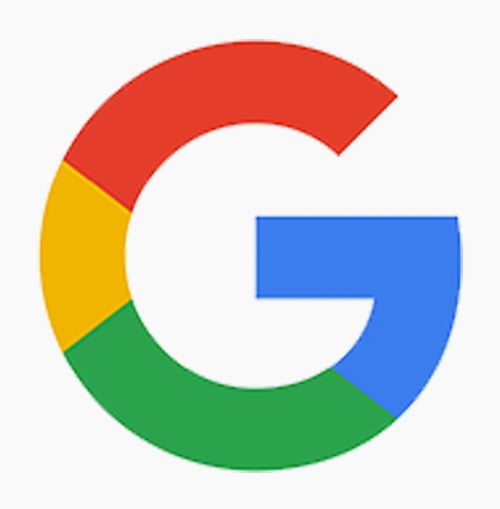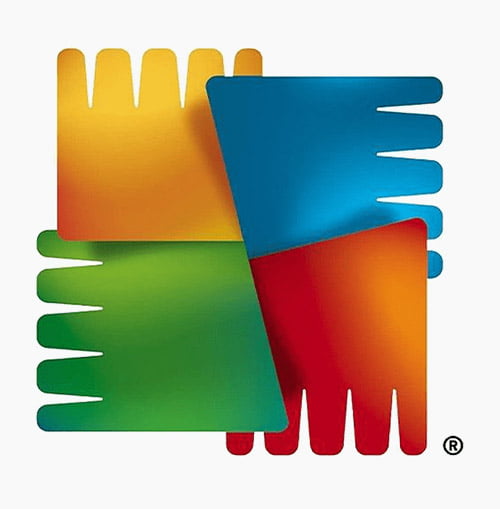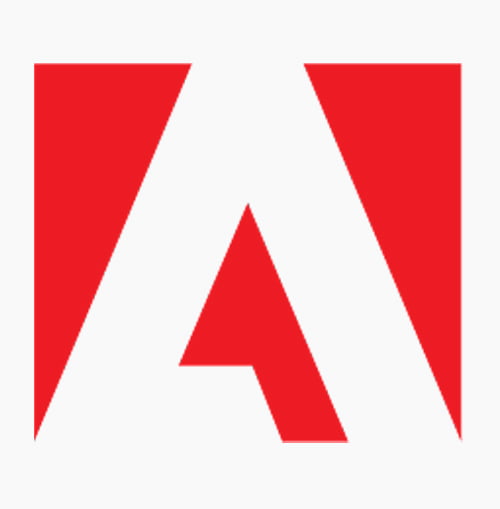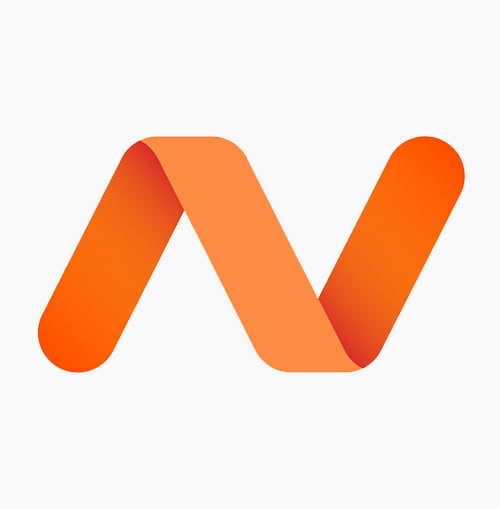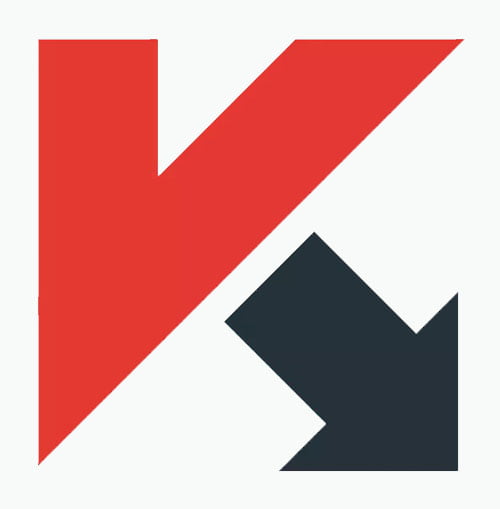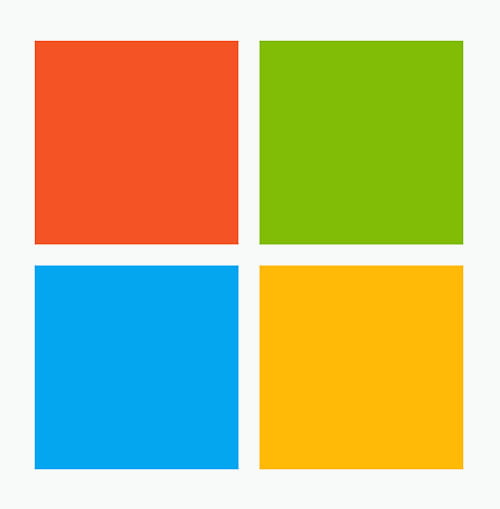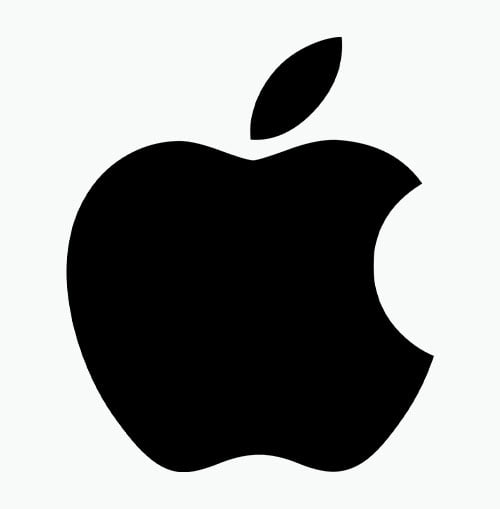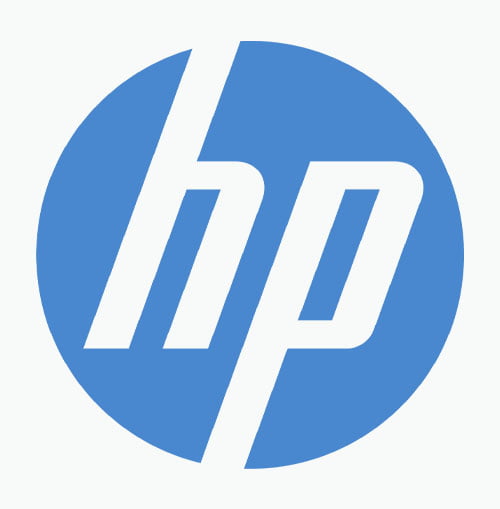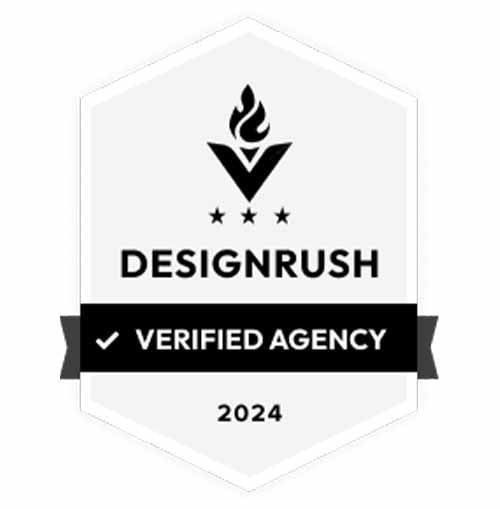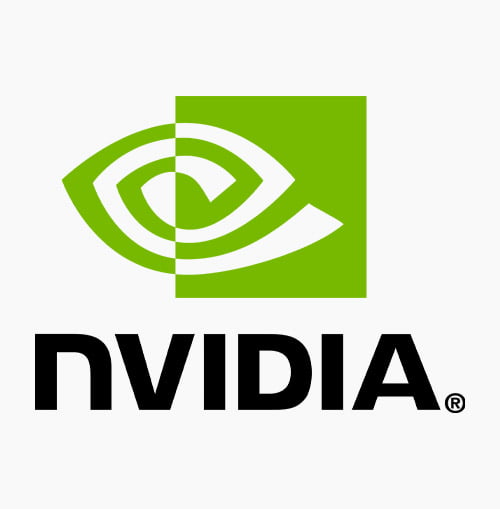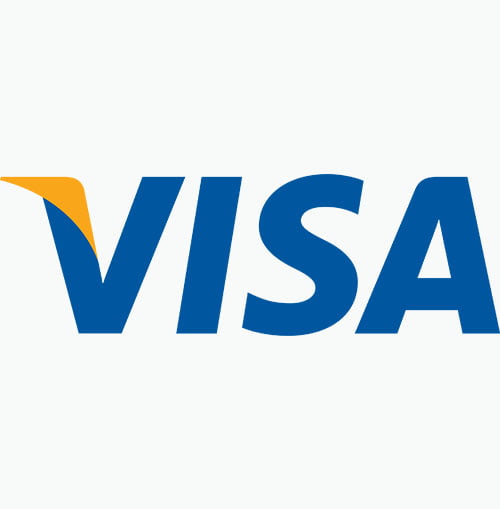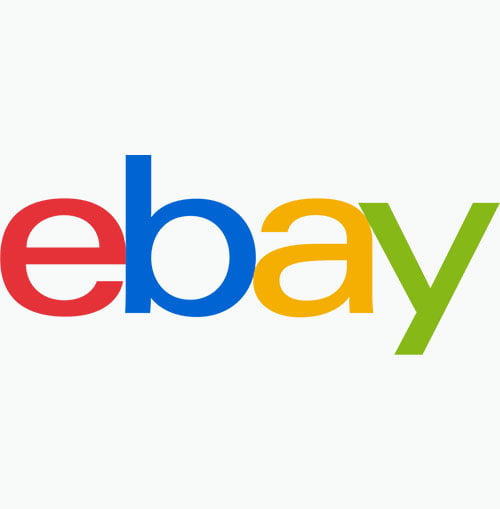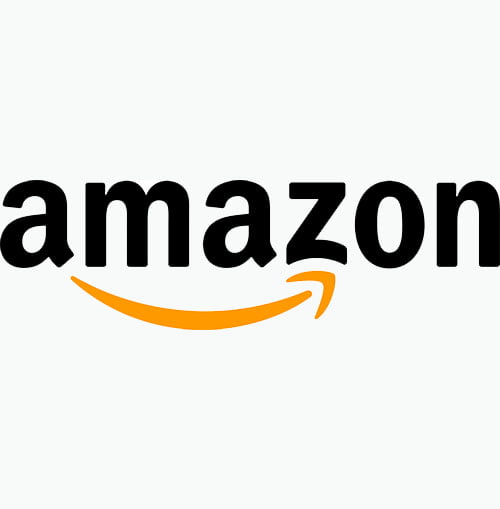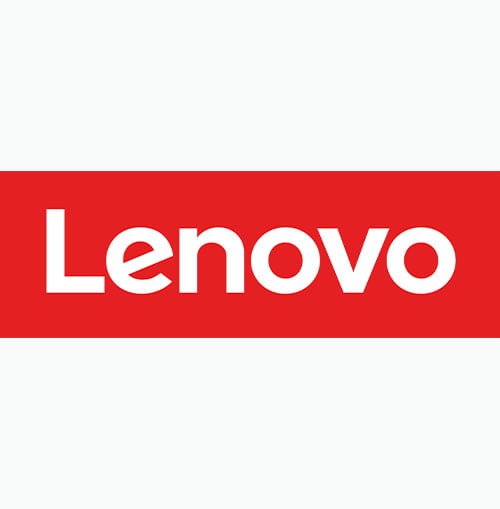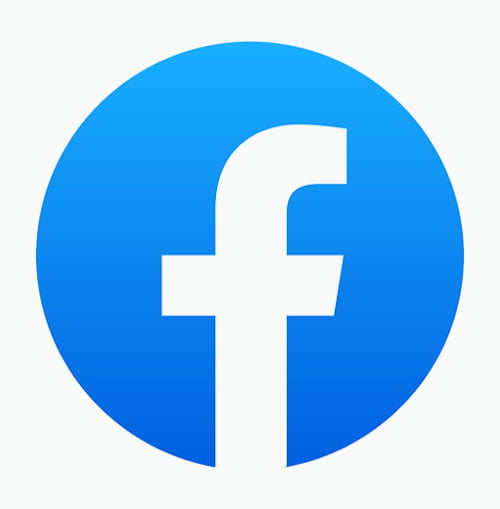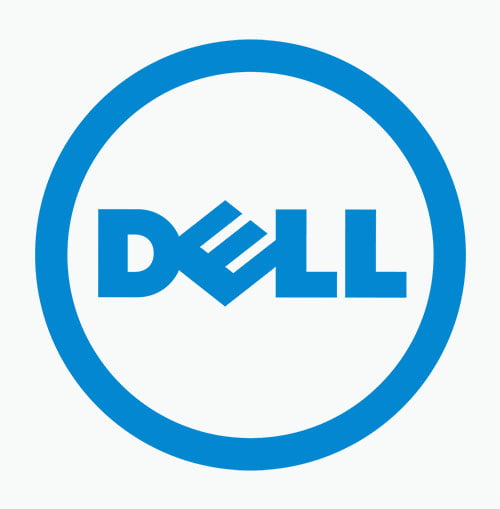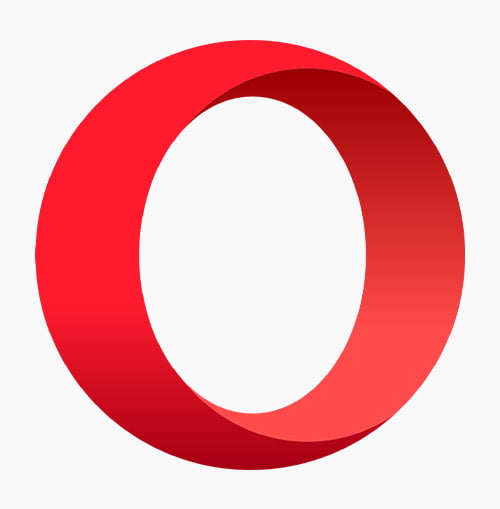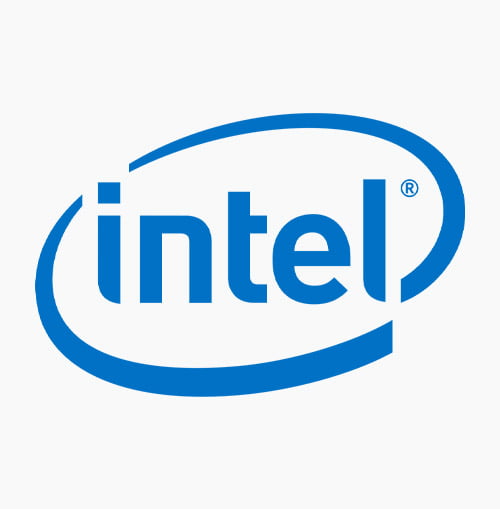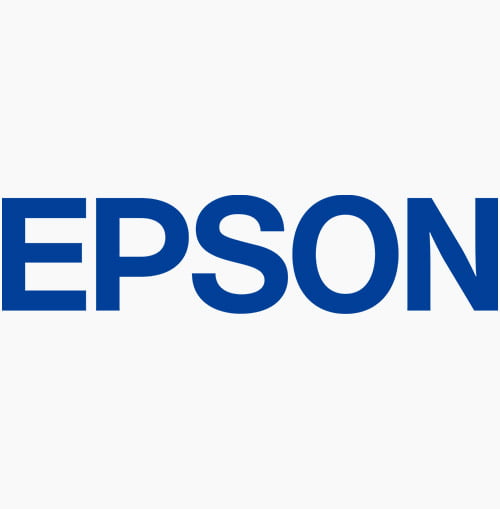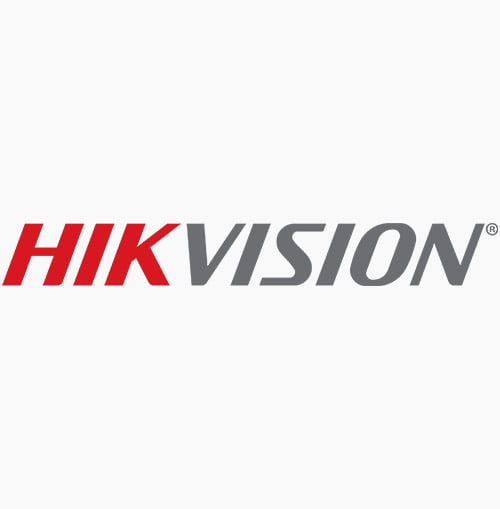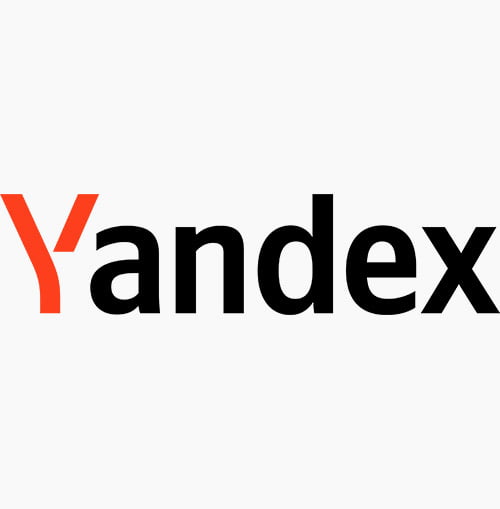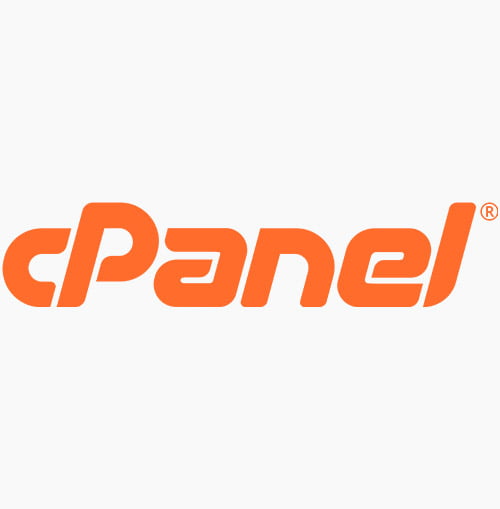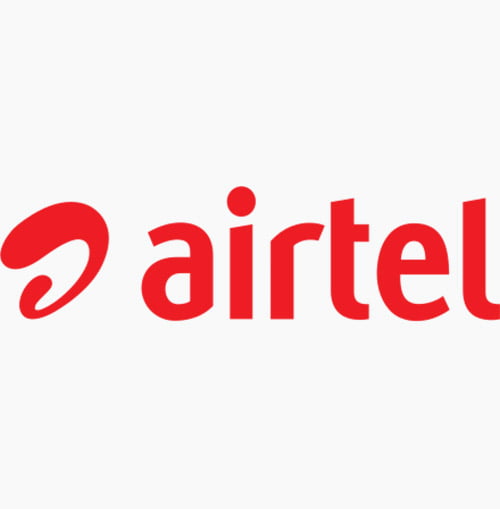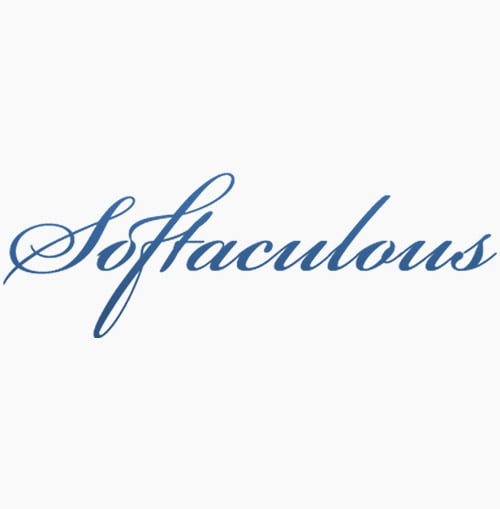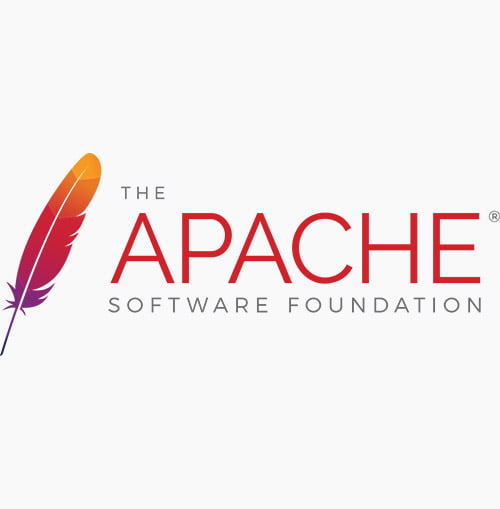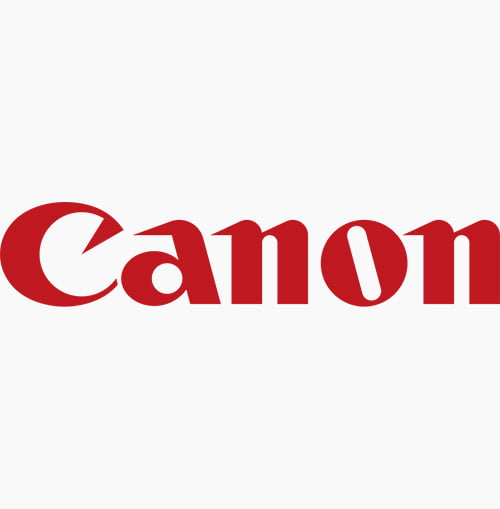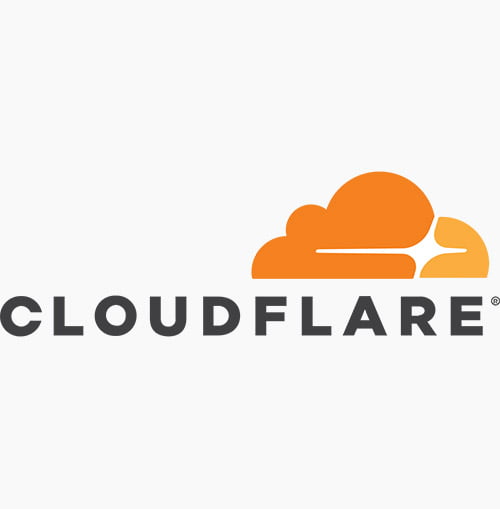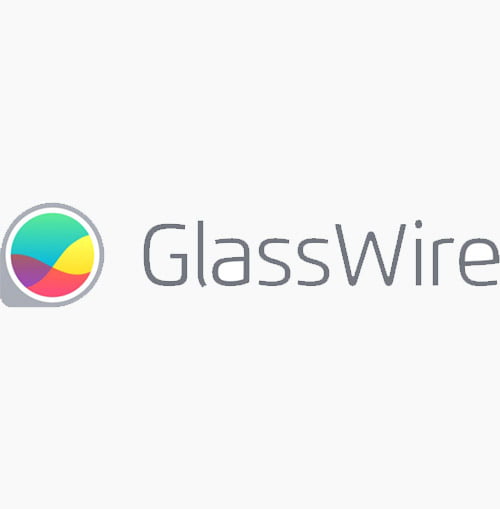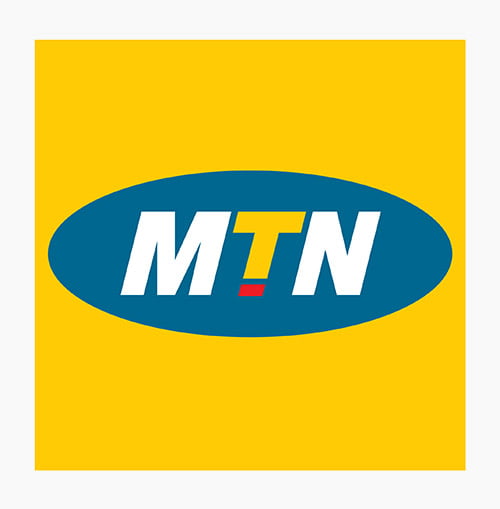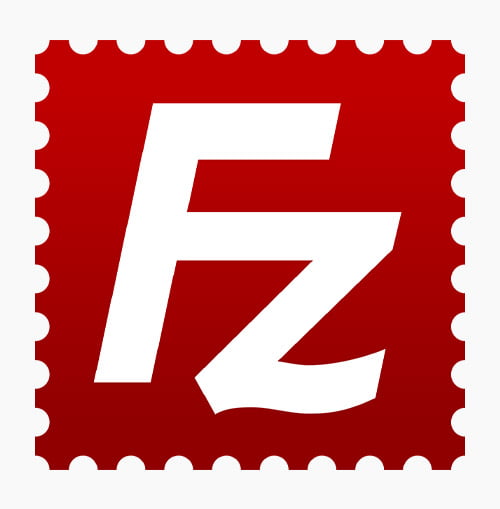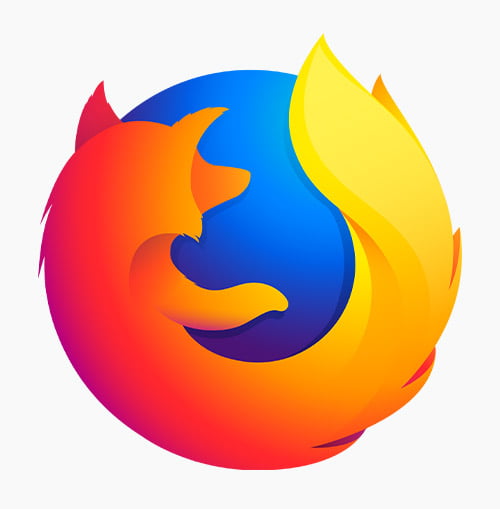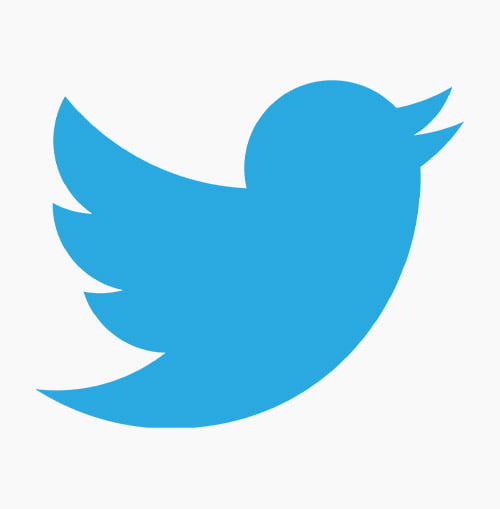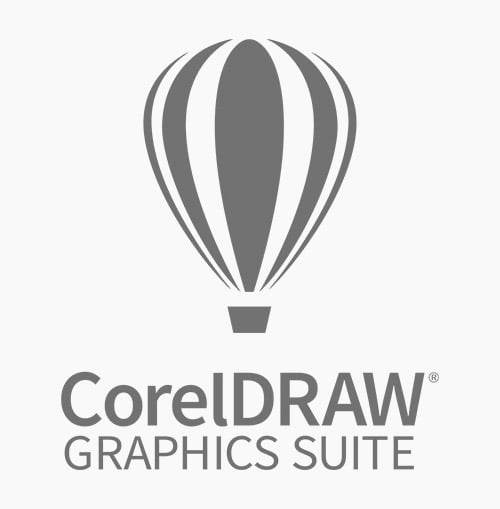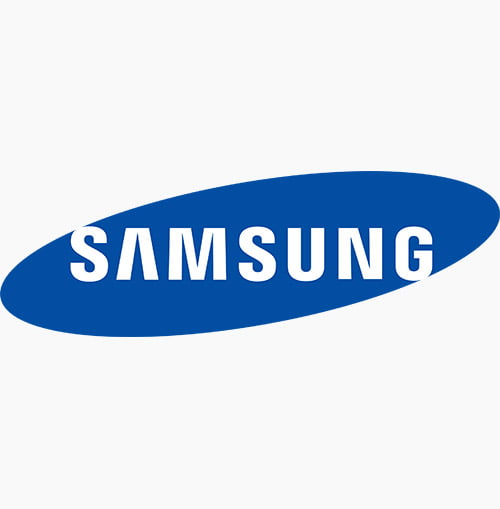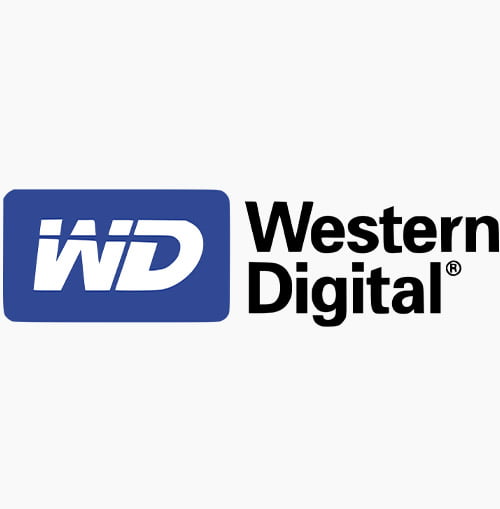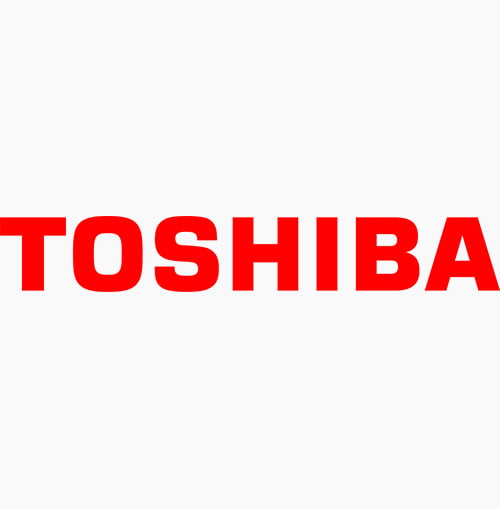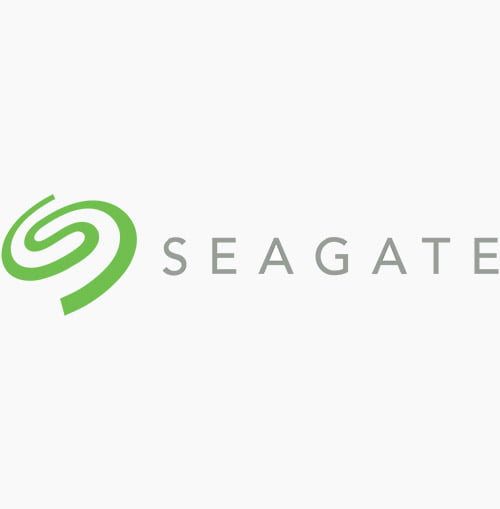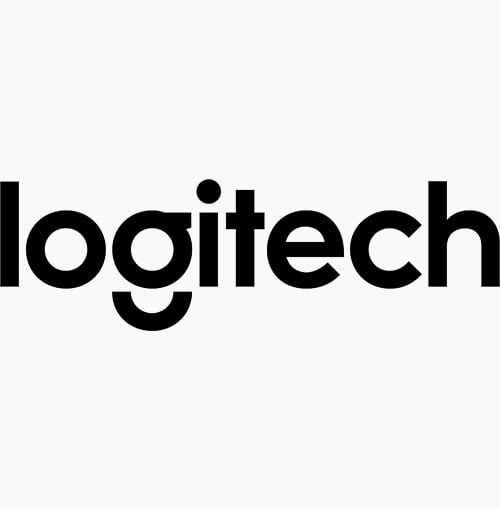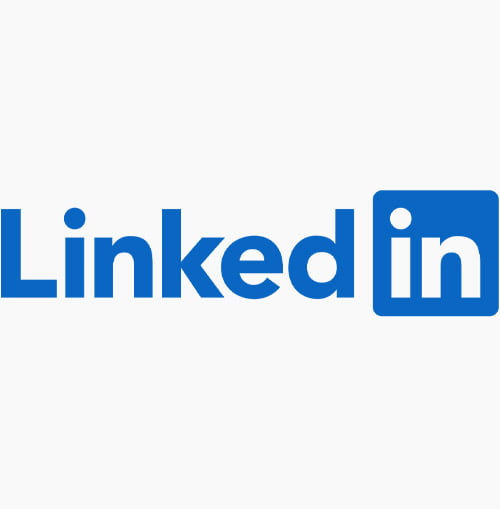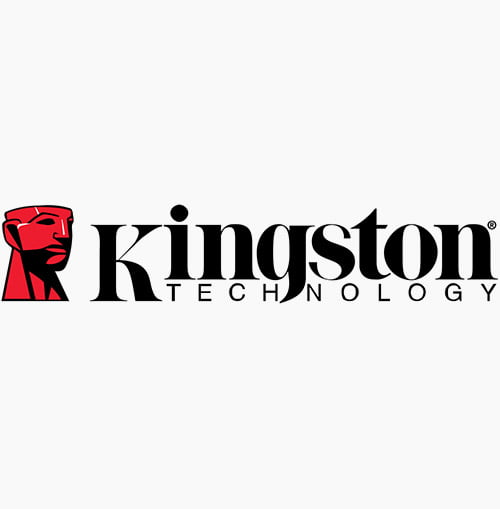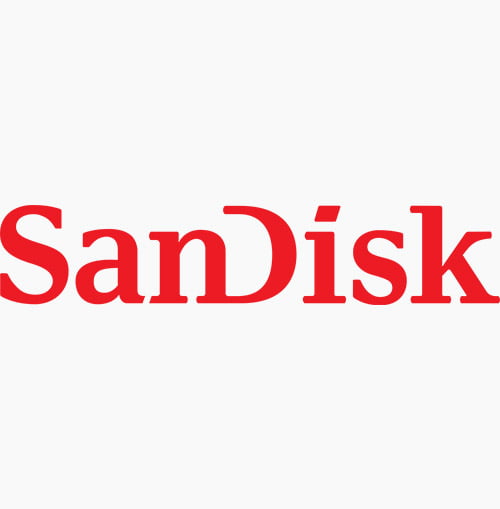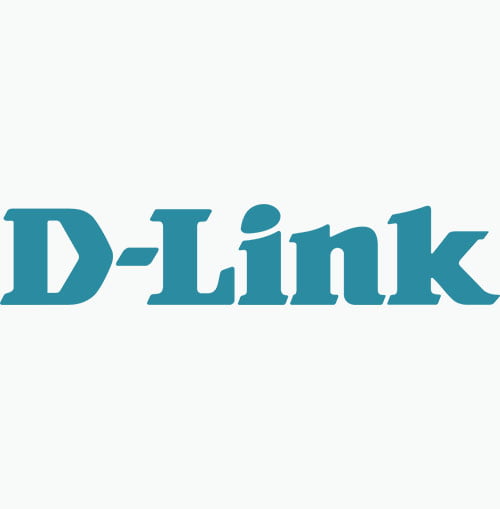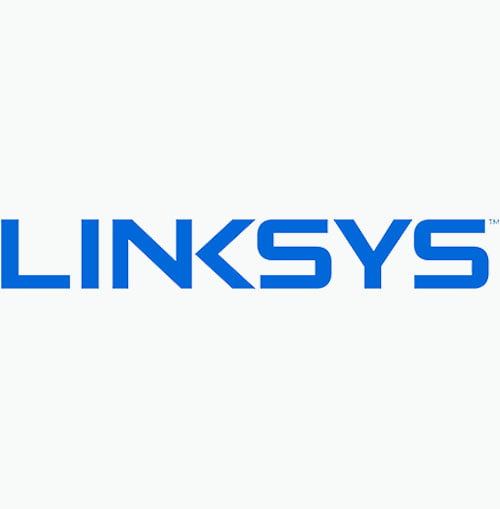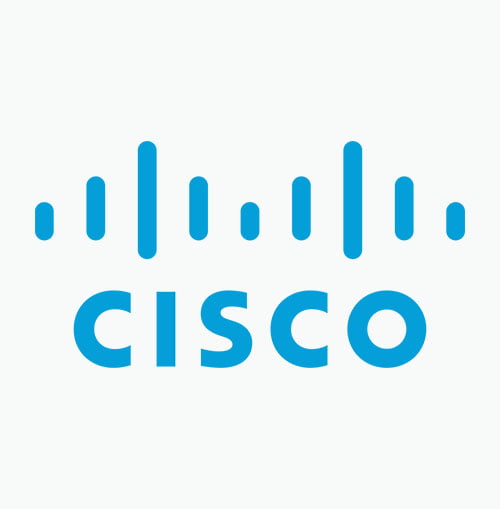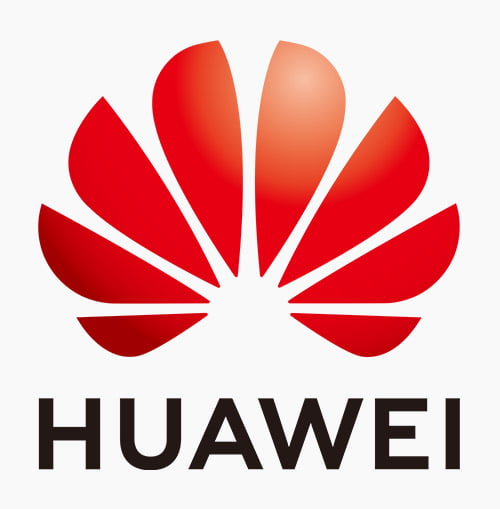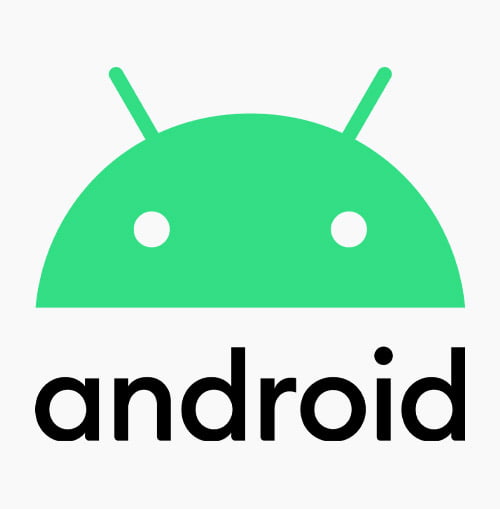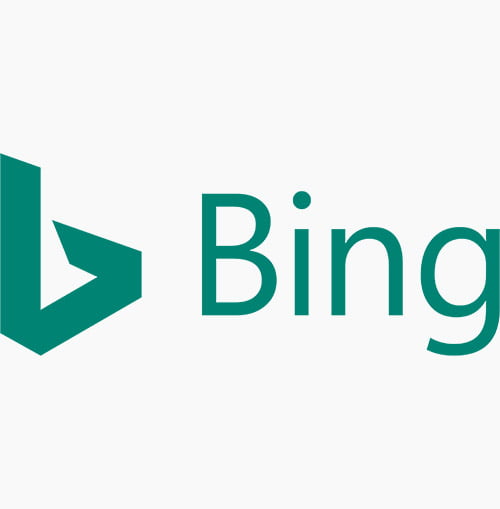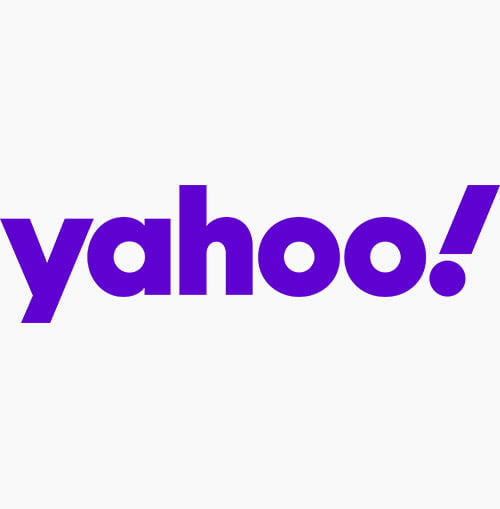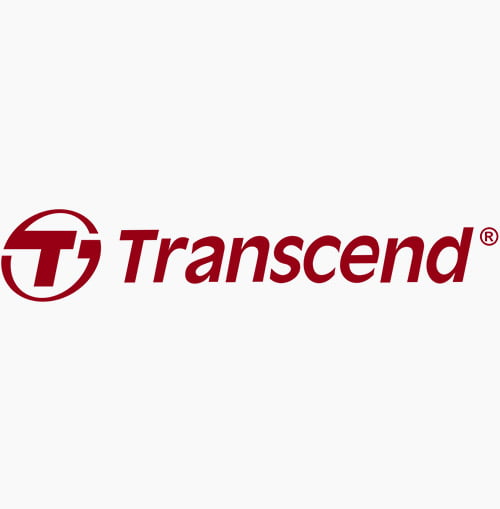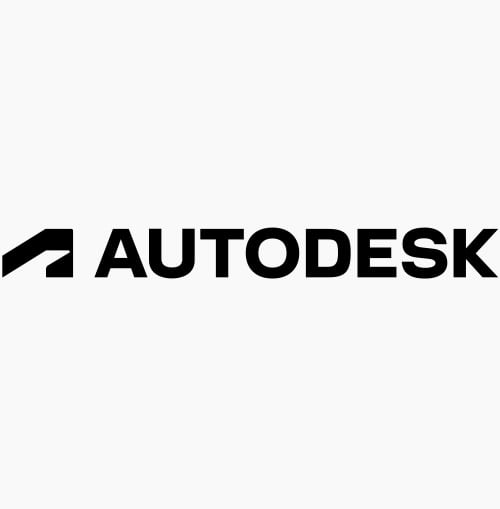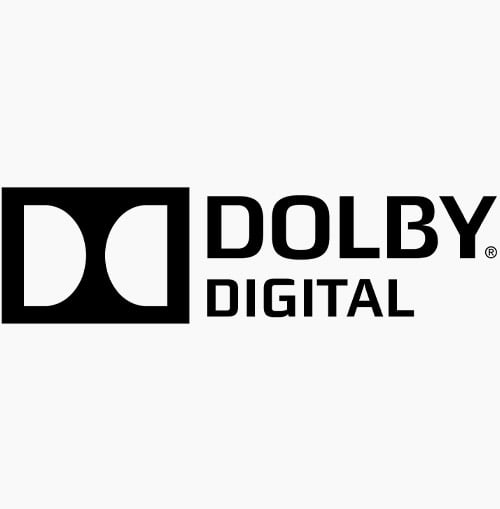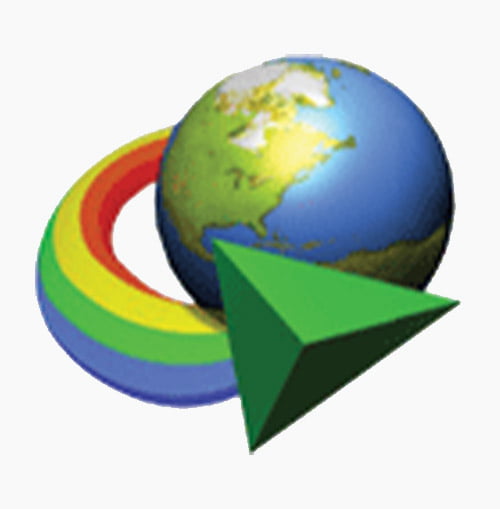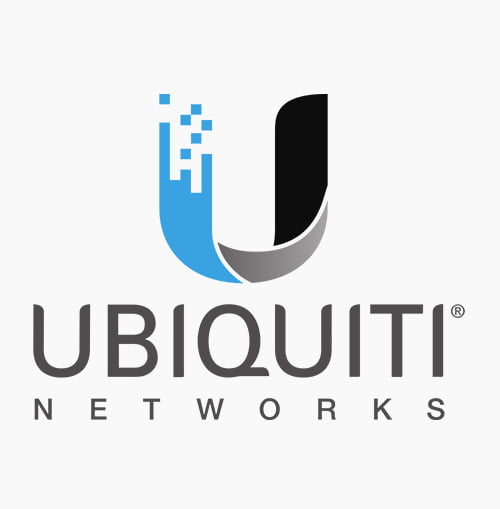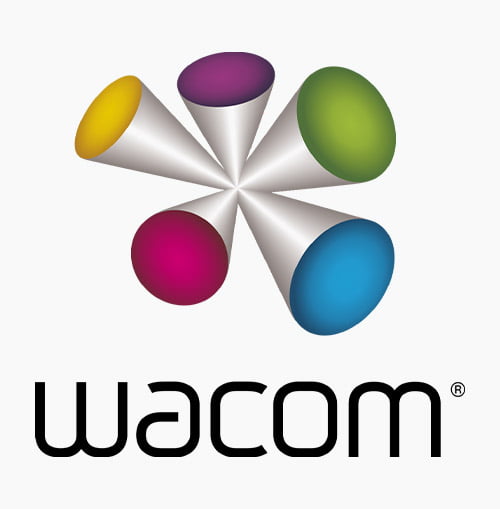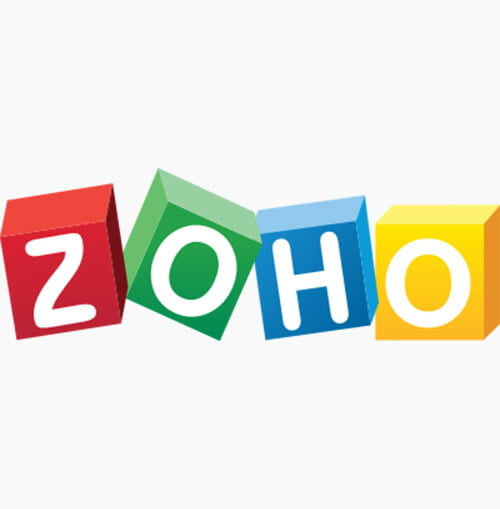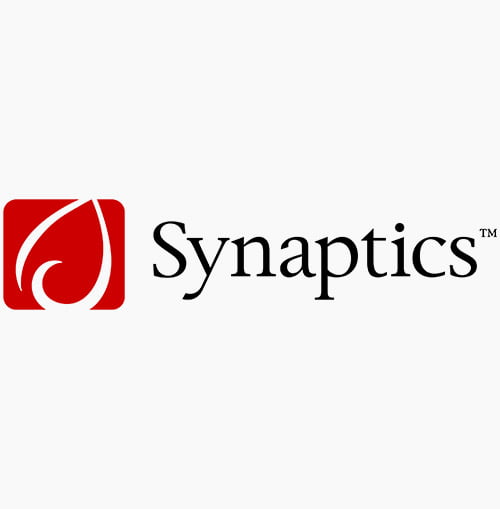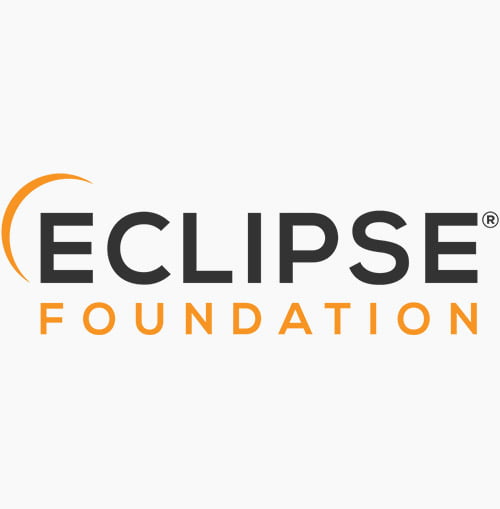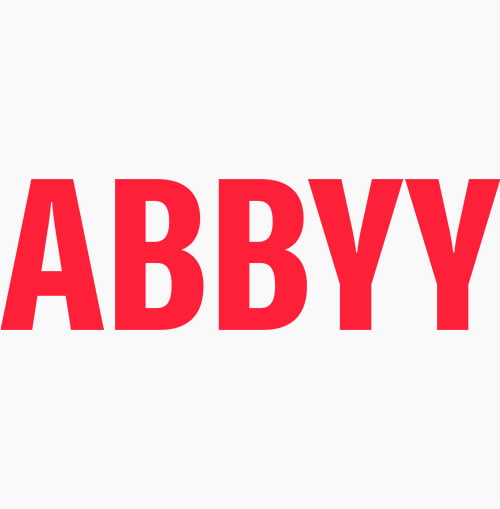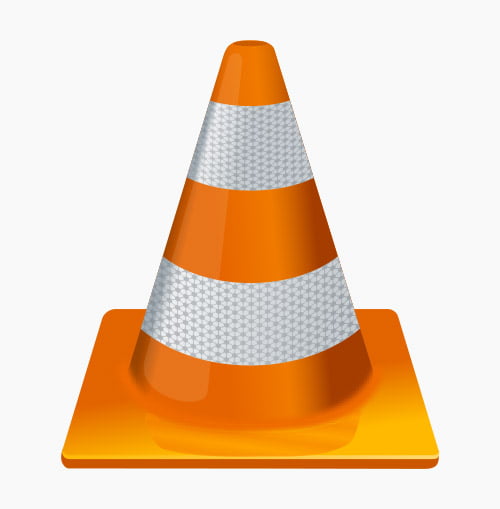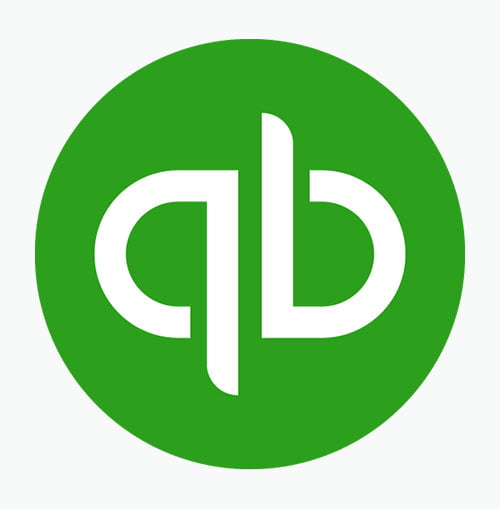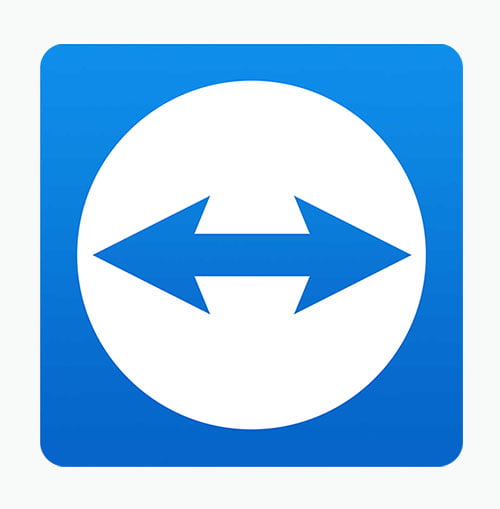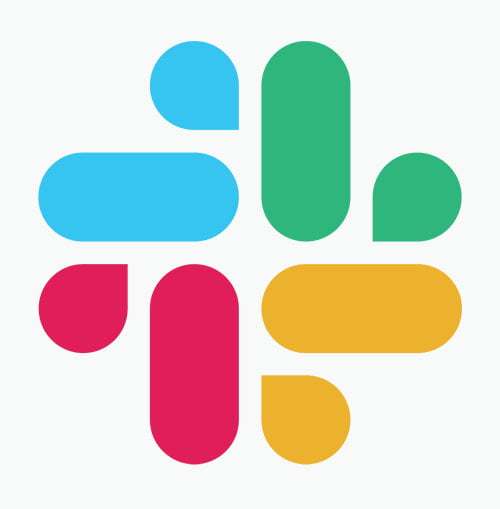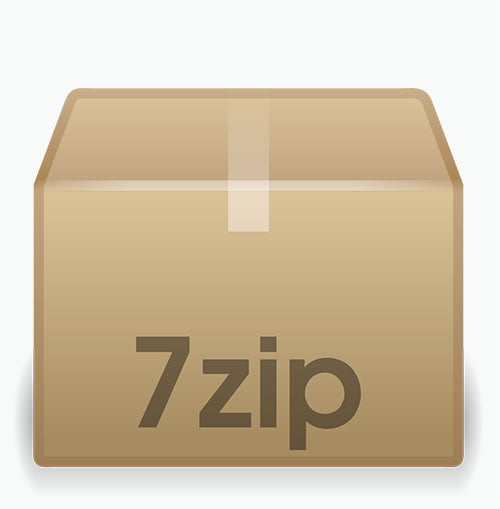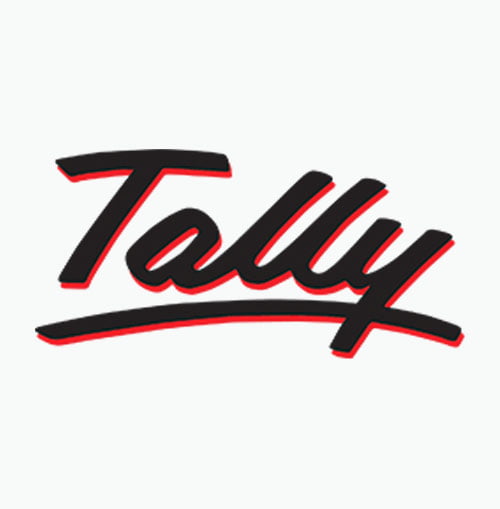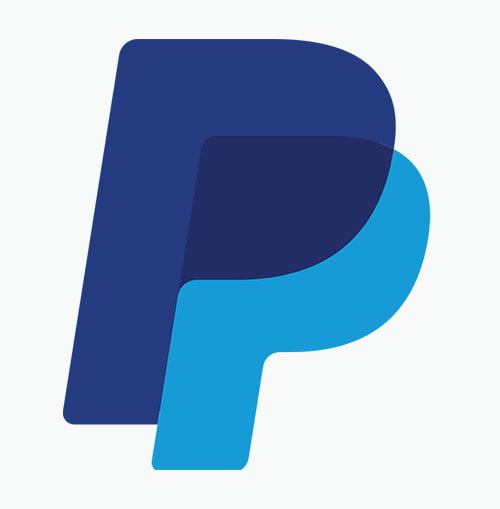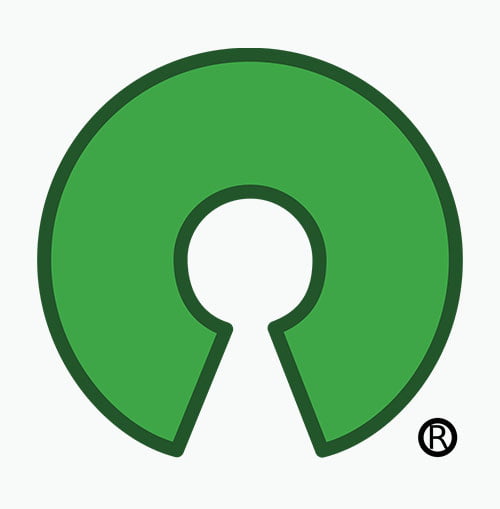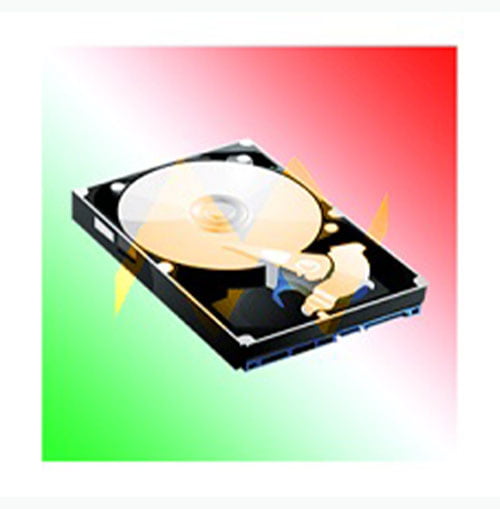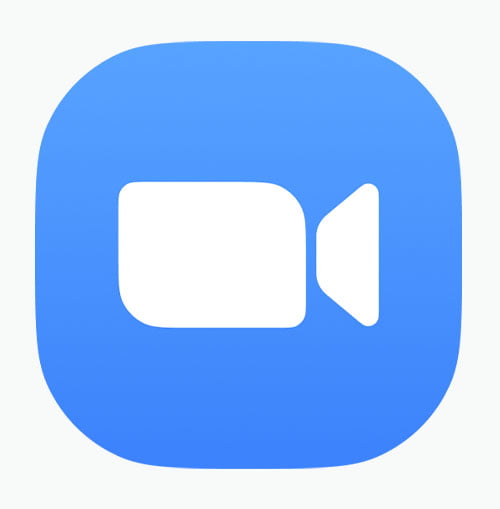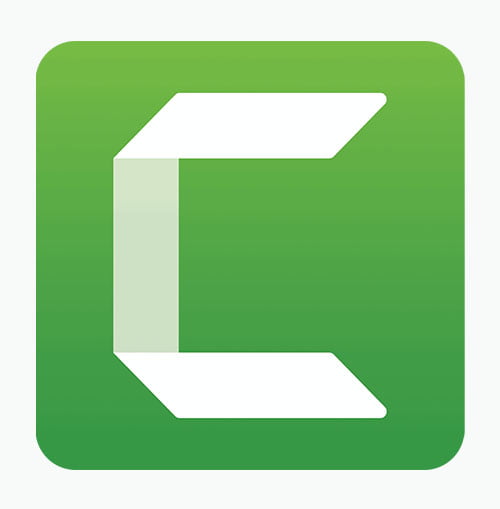Business Cards Design and Printing Services Company in Kampala, Uganda – Isazeni Solutions – for Individuals, businesses, companies, organisations, and firms in Kampala, Entebbe, Mbarara, Gulu, Jinja, and beyond
Get high-quality business cards design and printing services for individuals, businesses, companies, organizations, and firms in Kampala, Entebbe, Mbarara, Gulu, Jinja, and beyond. Elevate your professional image with Isazeni Solutions.
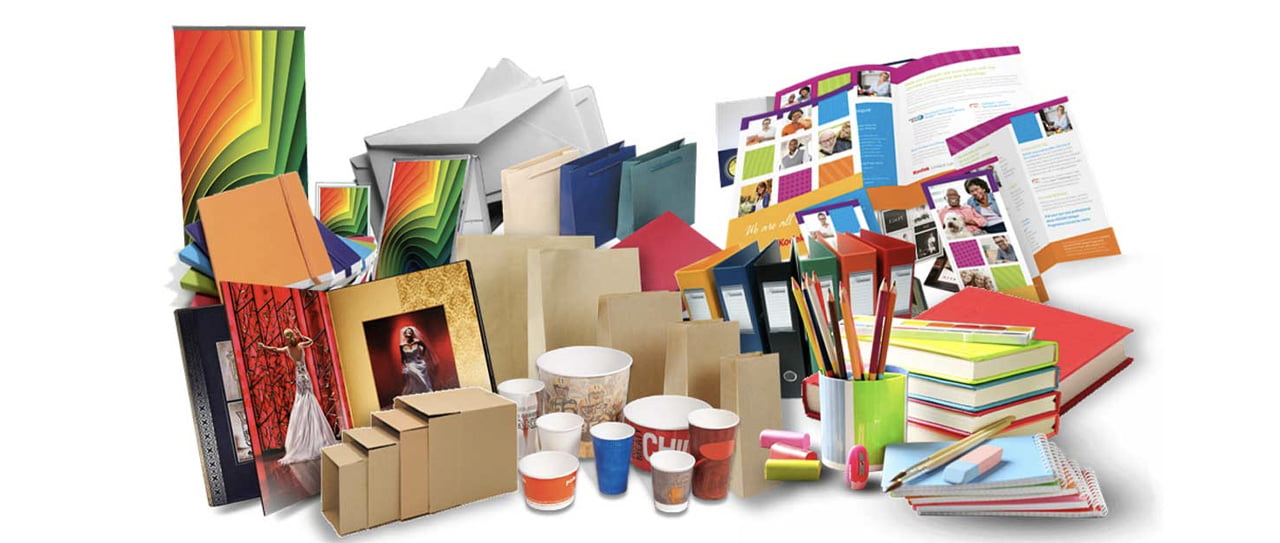
Elevate your professional image with high-quality business cards designed and printed by Isazeni Solutions. We offer top-notch services for individuals, businesses, companies, organizations, and firms in Kampala, Entebbe, Mbarara, Gulu, Jinja, and beyond. Stand out with sleek and professional business cards that reflect your brand.
Ready to start on your project? let’s jump into it.

What is Business Cards Design and Printing Services?
Business Cards Design and Printing Services involve creating and producing customized cards that contain essential contact information and professional details. These cards are typically exchanged in professional settings to facilitate networking and communication.
Here’s a breakdown of the services:
- Design:
- The design phase includes creating a visually appealing layout for the card. It involves selecting fonts, colors, and graphics that align with the individual or company’s brand identity.
- A well-designed business card should clearly display key information such as name, job title, company name, contact details (phone, email, website), and company logo.
- Professional designers work to ensure the card reflects the business’s tone and image (e.g., formal, creative, modern).
- Printing:
- Once the design is finalized, the printing service uses high-quality materials and techniques to produce the cards.
- The options for printing include different paper types (e.g., glossy, matte, textured), thickness (card stock weight), and finishes (e.g., lamination, embossing, foil stamping) that make the cards stand out.
- Bulk printing is often offered, and customization options like double-sided printing or unique card shapes may also be available.
In short, Business Cards Design and Printing Services are about creating personalized, professional, and high-quality cards to leave a lasting impression on clients, partners, or potential customers.
Ready to start on your project? let’s jump into it.

How much is Business Cards Design and Printing Services?
The cost of Business Cards Design and Printing Services in Kampala, Uganda can vary depending on factors such as the design complexity, the quality of materials, printing techniques, and the quantity ordered. Here’s a general breakdown of typical costs:
- Business Card Design Costs
- Basic design: UGX 50,000 – UGX 100,000
- Customized or premium design: UGX 100,000 – UGX 300,000
- Complex design (including branding): UGX 300,000 and above
- Business Card Printing Costs
Printing costs typically depend on factors like paper quality, quantity, and finishing (e.g., lamination, embossing). Below is an example table with common pricing options for business card printing.
Example Pricing Table for Business Card Printing in Kampala
| Quantity | Standard (Matte/Glossy) | Premium (Textured/Thicker Card) | Finishing Options (Foil Stamping, Embossing) |
| 100 Cards | UGX 30,000 – UGX 50,000 | UGX 60,000 – UGX 90,000 | + UGX 20,000 – UGX 50,000 |
| 200 Cards | UGX 50,000 – UGX 80,000 | UGX 100,000 – UGX 150,000 | + UGX 30,000 – UGX 70,000 |
| 500 Cards | UGX 100,000 – UGX 150,000 | UGX 200,000 – UGX 250,000 | + UGX 50,000 – UGX 100,000 |
| 1,000 Cards | UGX 180,000 – UGX 250,000 | UGX 300,000 – UGX 400,000 | + UGX 70,000 – UGX 150,000 |
Factors Affecting Cost
- Design complexity: Customized logos, intricate details, and branded design increase the price.
- Card material: Higher quality paper or card stock (e.g., linen, textured) tends to cost more.
- Quantity: The more you order, the lower the cost per card.
- Finishing options: Special effects like lamination, embossing, foil stamping, or rounded edges will add to the cost.
- Delivery: Depending on your location (Kampala, Entebbe, etc.), delivery fees might apply.
For a custom quote, businesses usually offer package deals, and discounts may be available for bulk orders.
Ready to start on your project? let’s jump into it.

Why are Business Cards Design and Printing Services important?
Business Cards Design and Printing Services are essential for a wide range of reasons, especially for professionals and businesses looking to make lasting impressions. Here are 10 detailed reasons why business cards remain important in today’s business environment:
- First Impressions Matter
- Business cards are often the first impression of your business or personal brand. A well-designed card instantly communicates professionalism and attention to detail, setting the tone for future interactions.
- Tangible Representation of Your Brand
- Unlike digital communication, business cards are physical items that people can hold onto. The design, material, and feel of the card contribute to how your brand is perceived. High-quality materials suggest reliability and professionalism.
- Networking Tool
- In networking events, conferences, or business meetings, business cards allow for quick and convenient information exchange. They serve as a bridge between professionals and open doors for future opportunities.
- Convenience and Accessibility
- Carrying business cards makes it easy to share your contact details. Not everyone has immediate access to their phone or is willing to save information digitally in the moment. A business card provides immediate access to your details without any technical barriers.
- Reflects Professionalism
- Having a business card indicates that you are serious about your profession or business. It shows that you have invested in presenting your information clearly and professionally, which leaves a positive impression on clients, partners, or potential employers.
- Builds Trust and Legitimacy
- A well-designed business card can convey trust and legitimacy. Having a card with all your credentials (company name, contact information, website, etc.) makes it easier for people to verify your professional standing, making them more inclined to do business with you.
- Memorable Branding
- A creatively designed business card helps in branding. It serves as a marketing tool that keeps your brand at the forefront of someone’s mind. Even after a meeting, your business card can remind the recipient of who you are and what you offer.
- Helps with Referrals
- Business cards can be easily passed on to others. If someone you meet isn’t in need of your services, they can hand your card to a colleague or friend who might be. This makes it easier to generate leads and expand your professional network.
- Quick Information Sharing
- In situations where there is little time to explain all the details about yourself or your company, a business card succinctly communicates the most important information: who you are, what you do, and how to reach you. This efficiency makes it an invaluable tool in fast-paced environments.
- Sets You Apart from Competitors
- In competitive markets, standing out is essential. A unique, visually appealing business card can differentiate you from others in the same industry. It provides an opportunity to express your creativity and reinforce your brand identity in a way that leaves a lasting impression.
In conclusion, business cards remain a vital part of business communication. They serve as a personal touchpoint, helping to build relationships, foster trust, and promote your brand in a way that is convenient, memorable, and professional.
Ready to start on your project? let’s jump into it.

Types of Business Cards Design and Printing Services
When it comes to Business Cards Design and Printing Services, there are various types to suit different styles, industries, and personal preferences. Here are 10 types of business card designs and printing options:
- Standard Business Cards
- Description: These are the most common type of business cards, typically printed on standard card stock in a rectangular shape.
- Features: Basic design, single- or double-sided, with matte or glossy finish options. They’re cost-effective and easy to distribute.
- Best for: Professionals looking for a simple and classic approach.
- Premium Business Cards
- Description: Premium business cards offer higher-quality materials and finishes compared to standard cards.
- Features: Thicker paper stock, luxurious textures (like silk, suede), or high-end finishes such as spot UV coating and foil stamping.
- Best for: High-end professionals, luxury brands, or those who want to make an immediate statement of quality and sophistication.
- Die-Cut Business Cards
- Description: These cards are cut into unique shapes, rather than the traditional rectangular shape.
- Features: Custom shapes such as rounded corners, circular designs, or shapes tailored to match a specific brand identity (e.g., a camera-shaped card for photographers).
- Best for: Creative professionals or businesses looking to stand out with a unique design.
- Folded Business Cards
- Description: Folded business cards have additional space due to their bi-fold or tri-fold design, allowing more information to be included.
- Features: Double the space of a traditional card, great for including extra details such as services offered or a mini portfolio.
- Best for: Service-based professionals, real estate agents, or anyone needing to convey more detailed information.
- Embossed or Debossed Business Cards
- Description: These cards feature raised (embossed) or indented (debossed) text or designs, giving them a tactile, 3D effect.
- Features: Clean, professional appearance with a textured feel. Adds depth and dimension to logos, names, or other elements.
- Best for: Professionals wanting to add elegance and sophistication to their cards.
- Spot UV Business Cards
- Description: These cards use a clear, glossy UV coating applied to specific areas (such as the logo or name) to create contrast with the matte surface.
- Features: Eye-catching shine in select areas, offering a premium, modern look. The contrast between matte and gloss adds a visual and tactile experience.
- Best for: Creative professionals, digital agencies, or tech companies aiming for a sleek, cutting-edge design.
- Textured Business Cards
- Description: Textured cards have distinct surface textures that add a tactile experience, such as linen, cotton, or leather finishes.
- Features: The material itself becomes a standout feature, making the card memorable and engaging to touch.
- Best for: Creative industries, designers, or businesses looking to reflect a refined or artisanal feel.
- Plastic or Metal Business Cards
- Description: These are durable and unconventional cards made from materials like plastic (transparent or opaque) or metal (stainless steel, aluminum).
- Features: Long-lasting and highly durable. Plastic cards can be see-through or have frosted finishes, while metal cards are sleek and ultra-premium.
- Best for: High-tech companies, innovators, or industries that want to convey strength, innovation, and durability.
- Eco-Friendly Business Cards
- Description: These cards are made from recycled or sustainable materials like kraft paper or bamboo, often featuring natural textures and colors.
- Features: Environmentally friendly, biodegradable, and non-toxic printing options. Often feature earthy tones and minimalistic designs.
- Best for: Businesses with an eco-conscious brand, environmentalists, or sustainability advocates.
- QR Code Business Cards
- Description: These cards integrate a QR code that, when scanned, links to a digital portfolio, website, or contact information.
- Features: Easy to blend traditional and digital networking. Clean and minimalist design, with a focus on functionality and quick information access.
- Best for: Tech-savvy professionals, marketers, and businesses looking to seamlessly integrate their offline and online presence.
Summary Table of Business Card Types
| Business Card Type | Features | Best For |
| Standard | Basic design, affordable, matte or glossy finishes | General professionals |
| Premium | High-quality paper, luxury finishes, spot UV, foil stamping | High-end, luxury brands |
| Die-Cut | Custom shapes, unique cuts | Creative industries, branding experts |
| Folded | Extra space for information, foldable design | Service providers, real estate agents |
| Embossed/Debossed | Raised or indented text/designs, textured feel | Elegant, sophisticated brands |
| Spot UV | Glossy accents on matte cards, eye-catching design | Tech companies, modern brands |
| Textured | Unique surface textures like linen or cotton | Designers, artisans |
| Plastic/Metal | Durable, unconventional materials | Tech innovators, futurists |
| Eco-Friendly | Made from recycled materials, eco-conscious design | Green companies, sustainability advocates |
| QR Code | QR code integration for instant digital interaction | Digital marketers, tech-savvy professionals |
Each of these types of business cards offers distinct benefits depending on the brand image you want to project and your networking goals.
Ready to start on your project? let’s jump into it.

Our strategies and approaches
Isazeni Solutions uses a variety of strategies and approaches to provide top-quality Business Cards Design and Printing Services that cater to the needs of individuals, businesses, companies, and organizations. Here are 10 strategies and approaches Isazeni Solutions employs:
- Customization and Personalization
- Strategy: Isazeni Solutions tailors business card designs to reflect each client’s unique brand identity, ensuring that every card is personalized to suit the individual or company’s image, logo, colors, and style.
- Approach: In-depth consultations with clients to understand their business, target audience, and preferences, ensuring the cards represent their professional persona.
- High-Quality Materials
- Strategy: Only premium card stock and printing materials are used to ensure the cards are durable, professional, and long-lasting.
- Approach: Offering a wide range of high-quality paper options (e.g., matte, glossy, textured, eco-friendly) and special finishes like spot UV, foil stamping, and embossing to enhance the look and feel of the cards.
- Attention to Detail in Design
- Strategy: Isazeni Solutions emphasizes meticulous attention to detail during the design process, ensuring that every aspect of the card (font, color, layout, spacing) is cohesive and visually appealing.
- Approach: Professional graphic designers create well-balanced designs with a strong focus on readability and aesthetics, ensuring a polished final product.
- Creative and Innovative Design Concepts
- Strategy: The company prioritizes creativity and innovation to help clients stand out, especially in competitive industries.
- Approach: Introducing unique design elements like die-cuts, custom shapes, or modern finishes (e.g., holographic or metallic effects) to make cards distinctive and eye-catching.
- Use of Modern Printing Techniques
- Strategy: Leveraging the latest printing technology to deliver crisp, high-definition print quality that elevates the visual impact of each business card.
- Approach: Implementing advanced printing techniques like digital printing, offset printing, and laser-cutting for precision and top-tier production quality.
- Focus on Branding Consistency
- Strategy: Ensuring that every business card design aligns with the client’s overall branding strategy to maintain consistency across all marketing materials.
- Approach: Carefully incorporating brand elements like logos, brand colors, and typography into the design to ensure a unified and professional appearance.
- Eco-Friendly Options
- Strategy: Offering environmentally sustainable printing options to meet the growing demand for eco-conscious business practices.
- Approach: Providing clients with choices of recycled paper, biodegradable materials, and non-toxic inks for eco-friendly business cards, appealing to businesses focused on sustainability.
- Affordable Pricing with Premium Value
- Strategy: Offering competitive pricing without compromising on quality, allowing clients of all sizes to access high-end business cards.
- Approach: Structuring service packages that cater to different budgets while maintaining a balance between affordability and premium design and printing options.
- Fast Turnaround and Delivery
- Strategy: Ensuring quick turnaround times without sacrificing quality to meet the urgent needs of clients for business cards during time-sensitive events like conferences and trade shows.
- Approach: Streamlining the design and printing process through efficient workflows, offering express printing services, and partnering with reliable logistics providers for fast delivery.
- Client-Centric Support and Revisions
- Strategy: Focusing on customer satisfaction by providing excellent support throughout the design and printing process, including revisions and feedback opportunities.
- Approach: Offering multiple design revisions to ensure that the final product meets the client’s expectations, along with ongoing support to address any questions or concerns.
Summary of Isazeni Solutions’ Strategies and Approaches:
| Strategy | Approach |
| Customization and Personalization | Tailored designs based on client preferences and branding |
| High-Quality Materials | Use of premium paper, finishes, and durable materials |
| Attention to Detail in Design | Meticulous design process ensuring visual appeal and readability |
| Creative and Innovative Concepts | Unique design elements like die-cuts, custom shapes, and modern finishes |
| Modern Printing Techniques | Leveraging advanced printing technology for high-definition results |
| Branding Consistency | Ensuring all design elements align with the client’s brand identity |
| Eco-Friendly Options | Offering sustainable business cards made from recycled and biodegradable materials |
| Affordable Pricing | Providing competitive pricing structures while maintaining premium quality |
| Fast Turnaround and Delivery | Ensuring efficient production and timely delivery for urgent business needs |
| Client-Centric Support and Revisions | Offering design revisions and excellent customer support to ensure satisfaction |
By combining these strategies, Isazeni Solutions is able to offer comprehensive, professional, and high-impact business card design and printing services to meet the diverse needs of its clients in Uganda and beyond.
Ready to start on your project? let’s jump into it.
Here’s a list of 100 frequently asked questions (FAQs) about Business Cards Design and Printing Services that you can reference:
1. What are business cards?
2. Why do I need a business card?
3. How do business cards help with networking?
4. What information should be included on a business card?
5. Should my business card include a photo?
6. How many business cards should I order?
7. What size are standard business cards?
8. Can I use both sides of my business card?
9. How long does it take to design and print business cards?
10. What is the standard material used for business cards?
11. What types of finishes can I choose for my business cards?
12. Can I choose a custom shape for my business card?
13. What are the best business card designs for startups?
14. How do I choose the right business card design?
15. What is the difference between matte and glossy finishes?
16. Can I include a QR code on my business card?
17. How much do business cards cost?
18. Can I order business cards in bulk?
19. Are there any eco-friendly options for business cards?
20. What is embossing and debossing?
21. How do I ensure the quality of my business cards?
22. Do I need to provide my own logo?
23. Can business cards be printed with special features like foil or holographic effects?
24. Should I include my social media profiles on my business card?
25. How do I design a business card for a creative business?
26. Can I get business cards with rounded corners?
27. What is spot UV coating?
28. How can I make my business card stand out?
28. How can I make my business card stand out?
Including a tagline can be beneficial if it succinctly describes your business or value proposition. It helps reinforce your brand message and communicates your unique selling point. However, avoid cluttering the card with too much text, as the primary purpose is to provide easy-to-read contact information.
30. How do I design a business card for a tech company?
For a tech company, opt for sleek, modern designs with clean lines and bold fonts. Utilize colors that reflect innovation, such as blues, grays, or metallics. Consider integrating tech-related elements, like minimalistic icons, QR codes, or digital design touches, to emphasize the futuristic aspect of your business.
31. Can I order business cards with a photo background?
32. What is the difference between a business card and a calling card?
33. What kind of paper is best for business cards?
• Standard cardstock: Affordable and durable, usually between 14pt to 16pt thickness.
• Textured paper: Adds a tactile quality (e.g., linen or cotton).
• Thick or premium cardstock: Offers a luxurious feel for high-end clients.
• Recycled paper: An eco-friendly option for sustainable businesses. Each type of paper provides a different look and experience, so it’s essential to select one that aligns with your brand identity.
34. Can I include a map or directions on my business card?
35. What is foil stamping on business cards?
36. What are embossed business cards?
37. What are debossed business cards?
38. What is the purpose of having a business card with a logo?
39. Can I print business cards with custom illustrations?
40. How can I avoid business card design mistakes?
41. Can I print business cards in different languages?
42. Should I add a background color to my business card?
43. What is the difference between a single-sided and double-sided business card?
44. Can I print my business cards with a raised effect?
45. Are there any business card design trends to follow?
46. Can I print business cards with a transparent background?
47. What is the difference between digital and offset printing for business cards?
48. Should I put my title or position on my business card?
49. How do I incorporate my personal brand into my business card?
50. How do I distribute business cards effectively?
51. How do I choose the right business card design for my industry?
52. What is the best way to store my business cards?
53. How do I ensure my business cards are high quality?
54. Can I design my own business cards?
55. How can I tell if a business card design is professional?
56. What is the best way to include a website or social media handle on my business card?
57. Can business cards be printed in different shapes?
58. What is a "minimalistic" business card design?
59. Can I print business cards with a full-color design?
60. Do business cards need to have a logo?
61. What is the best way to design business cards for a startup?
62. Should I include my personal email on my business card?
63. How can I make my business card more interactive?
64. How do I design a business card for a creative professional (e.g., artist, designer)?
65. Can I use a business card template for my design?
66. Should I include a photo of myself on my business card?
67. What is the importance of having a call to action on my business card?
68. How do I ensure my business cards are eco-friendly?
69. What kind of finishes can I apply to my business cards?
• Matte finish provides a non-glossy, smooth texture.
• Glossy finish adds shine and makes colors pop.
• Lamination adds durability and a polished look.
• Embossing adds a raised, tactile texture.
• Foil stamping applies metallic foil to specific areas. These finishes can be customized to suit your style and the impression you want to leave.
70. Can business cards be printed on recycled paper?
71. What is the purpose of including a slogan or tagline on a business card?
72. Can I add a portfolio or work samples on my business card?
73. How do I incorporate my business values into my business card design?
74. How do I know if my business card design is ready for printing?
75. What is the standard business card size?
76. What is the difference between offset printing and digital printing for business cards?
77. Should I use rounded corners for my business card?
78. Can I print my business card on both sides?
79. How do I decide between a matte or glossy finish for my business card?
80. What is embossing, and how does it improve a business card?
81. What does foil stamping mean on business cards?
82. Can I order a custom shape for my business cards?
83. What is a spot UV finish?
84. Is it important to include my business address on my business card?
85. How do I make my business card more memorable?
86. What type of paper is best for business cards?
87. What’s the difference between GSM and pt in business card paper?
88. Do I need to add my phone number to my business card?
89. What is a virtual business card?
90. How can I use my business card to reflect my company’s brand identity?
91. What is the importance of having a well-designed business card?
92. Can I design a business card for someone else?
93. How do I handle a situation where my business card is outdated?
94. What should I do with old business cards I’ve collected?
95. How do I integrate my business card into my digital marketing strategy?
96. What is a business card portfolio, and should I use one?
97. Can business cards help with lead generation?
98. How do I choose the right business card printing company?
99. Should I use a QR code on my business card?
100. How often should I update my business card design?
Ready to start on your project? let’s jump into it.
Ready to start on your project? let’s jump into it.
